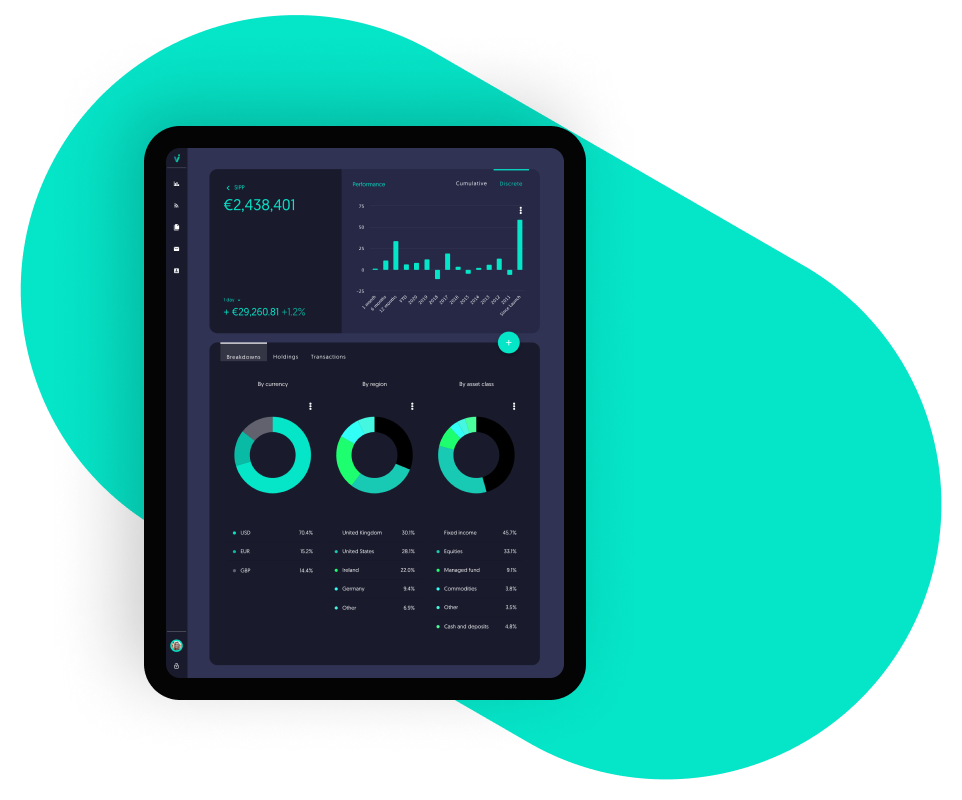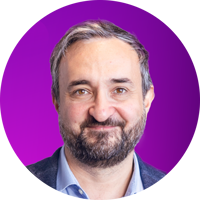In our first interview with the Wealth Mosaic, our CEO presents the purpose and background behind Invessed

I recently recorded a video with Stephen Wall from Wealth Mosaic. In preparation, I put together some notes that didn't quite make it whilst I was (literally) in the spotlight. Here they are, for posterity and your reading pleasure.
In Part 1 of this series, we touch upon the purpose and history of Invessed as a company, followed by a discussion on the platform and finally, the industry challenges it is designed to address.
1. What is the vision and value proposition that drives Invessed?
Our core belief is that technology should adapt to the human – not the other way around. Many industry vendors are technology-centric. Having spent ages building expansive but rigid technology, they have no choice but to adapt their clients to their offering.
Our value proposition is clearly client-centric. We ask: who are your clients and what are their needs? We also try to determine that at an individual level – the “segment of one”. Only then do we look at implementation tactics, i.e. how our platform, together with other existing technologies can be orchestrated to serve clients’ needs.
2. Why did you form the company? What was the motivation?
Invessed was founded about a decade after the financial crisis and the launch of the iPhone. Ten years later after these events, we found that many investment brands had not fully clocked on to the repercussions that these two pivotal events would have on the way they interact with their clients.
The financial crisis provided the push: the entire financial services industry was painted in a very negative light, clients were pushing for more transparency, more trust. The iPhone was the pull: the means through which clients perceive trust, in the form of instant, convenient access.
For various reasons – ranging from complacency to bread-and-butter issues like cost and legacy – many investment brands are slow to understand that this push/pull dynamic has reshaped their business, and so they have stalled to adapt to what is commonly called “digital transformation journey”.
By 2017, this “arrested development” was so obvious, and we founded Invessed with the aim of filling this glaring gap, in part inspired by faster-moving sectors such as e-commerce, which had to deal with issues of trust and scale ages ago, and had already moved on to advanced analytics and personalization.
3. Can you give us a quick overview of your history and where you are now
The firm was formally founded in 2017, after a period of incubation at GrowCreate, a digital technology agency. After working extensively with investment brands, we realized that the industry’s needs are best served through a platform, rather than reinventing the wheel with every project. Since then, we built dedicated client service and product development teams in the UK and Germany.
Obviously, we are still a young company so our focus remains on implementing our aggressive agile roadmap. We are rapidly building new features, linking up with new partners and actively looking to engage investment brands with a growth mindset.
4. What segments of the market do you target?
We work with investment brands across the board – wealth managers, private banks, fund managers, private and institutional. We tend to segment clients in terms of where they are in their digital transformation journey.
- Early-stage firms with only a brochure website – have lots of catching up to do, and we advise instant action. Do not wait for perfection, just get something out there, and enhance rapidly right after.
- Evolving firms typically have an optimized website and decent investor portal, but sometimes fail to collect and extracting value from the data that clients generate.
- Finally, Advanced firms have mature digital offerings and collect all sorts of valuable data. Even here, transformation rages on as technologies, regulation and business needs continue to evolve.
What's next
Do any of these issues resonate with you? Then please get in touch with us. Otherwise, head on to Part 2.


